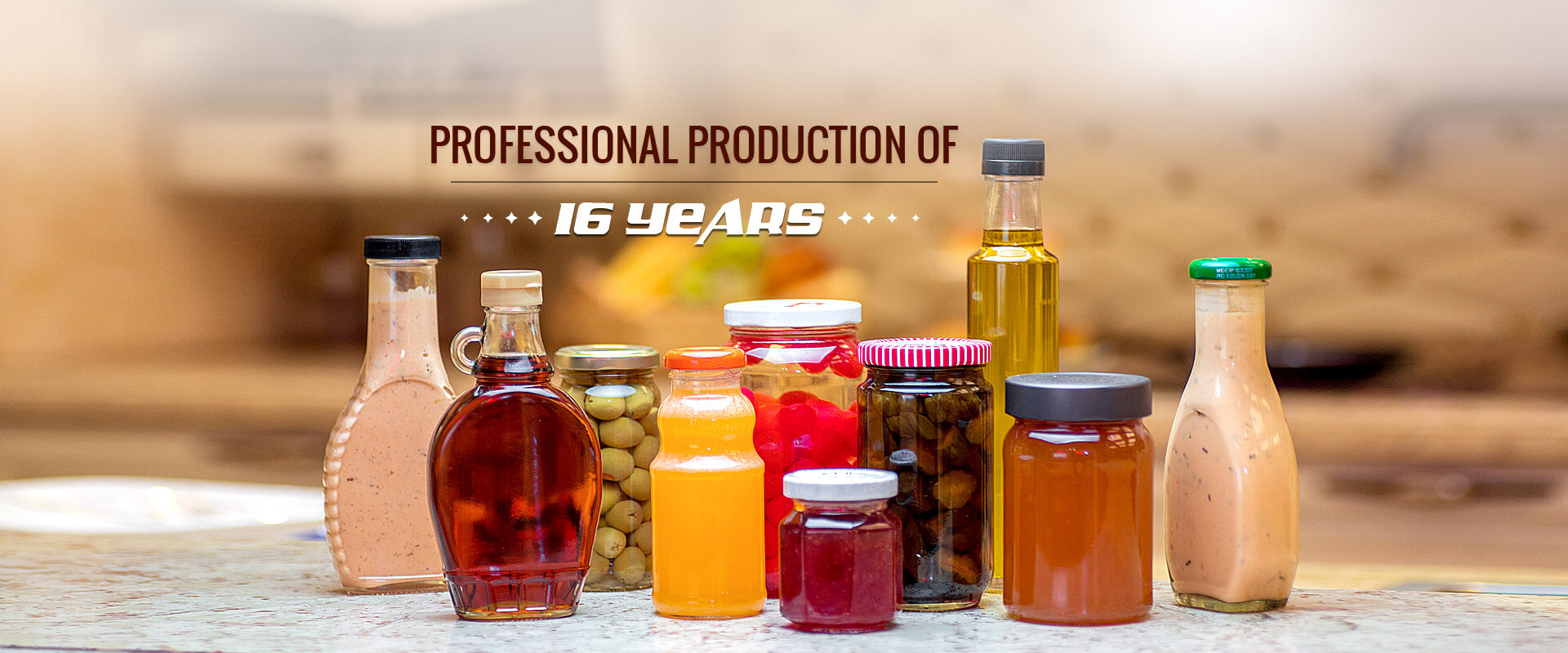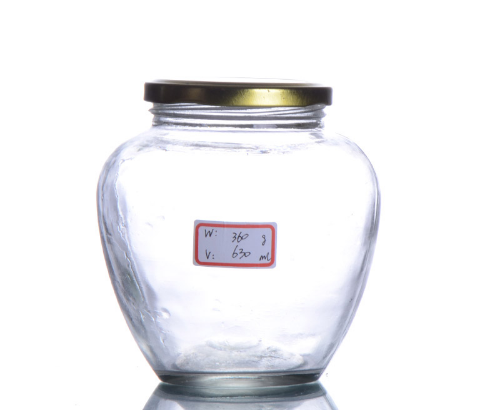
First, the mold must be designed and manufactured. The glass raw material is quartz sand as the main raw material, and other auxiliary materials are melted into a liquid state at high temperature, then injected into the mold, cooled, cut, and tempered to form a glass bottle. Pickles bottles and glass bottles generally have rigid signs, and signs are also made from the shape of the mold. The molding of glass bottles can be divided into three types: artificial blowing, mechanical blowing, and extrusion molding according to the manufacturing method. 260g Glass Pickle Jar and other sizes are normal used glass storage jars. We have larger storage jar, for example, 700g glass storage jar.

There are a wide variety of glass bottles, ranging from 1ML vials to dozens of liters, from round, square, to shaped and handled bottles, from colorless transparent amber, green, blue, black shade bottles to opaque A lot of enameled glass bottles, etc. In terms of manufacturing process, glass bottles are generally divided into two types: molded bottles (using model bottles) and control bottles (glass bottles). Molded bottles are divided into large-mouth bottles (bottle diameters of more than 30MM) and small-mouth bottles. The former is used to contain powdered, lumpy, and creamy articles, and the latter is used to contain liquids. According to the bottle mouth, it can be divided into cork bottle mouth, screw bottle mouth, crown cap mouth, rolling bottle mouth frosting bottle mouth and so on. According to the use situation, it can be divided into a "one-time bottle" that is used once and used, and a "return bottle" that is used for multiple turnovers. According to the classification of the contents, they can be divided into pickle bottles, wine bottles, beverage bottles, oil bottles, cans, acid bottles, medicine bottles, reagent bottles, infusion bottles, cosmetic bottles, and the like.